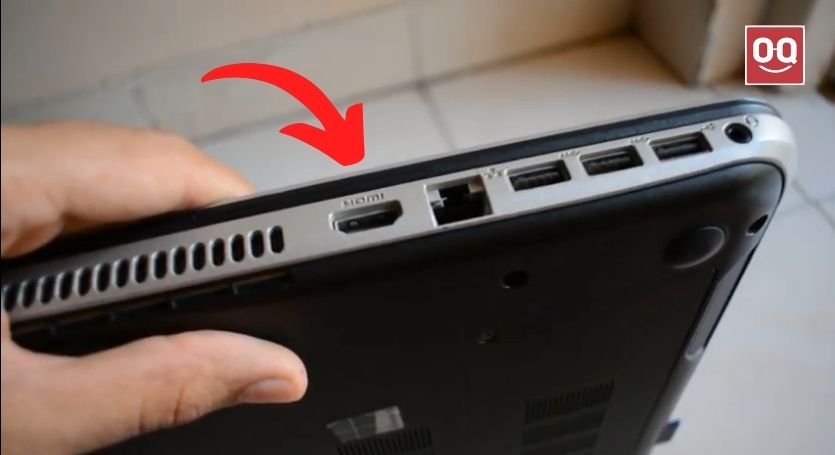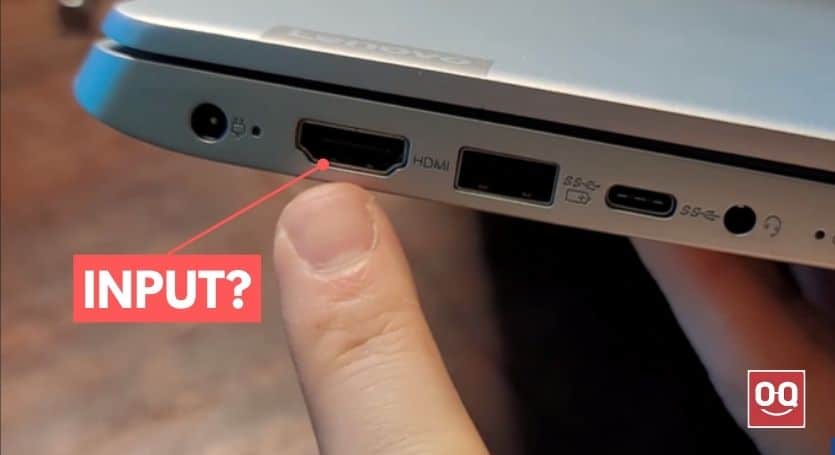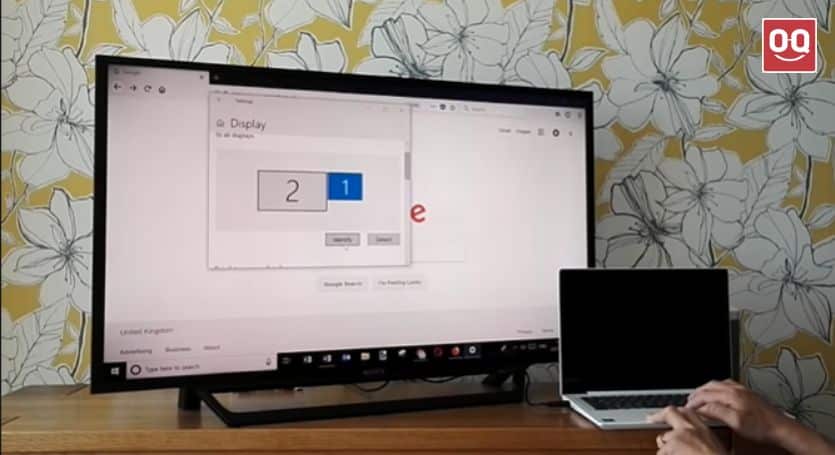High-Definition Multimedia Interface (HDMI) is a digital interface for transmitting video and audio signals. It is the successor to the older analog cables and connectors, such as component and composite cables. HDMI ports are now found on almost all new electronic devices, including televisions, computers, Blu-ray players, and laptops.
Laptop users will often find themselves in need of an HDMI cable, whether it’s for connecting to an external monitor or television or for sending audio and video signals to a home theater system. Thankfully, most laptops now include an HDMI output port
However, if you have ever wanted to use your laptop as a secondary screen, you may have noticed that your laptop doesn’t have an HDMI input. So, do laptops have HDMI input?
It is a common question that I often get asked on our support site. Therefore, I have decided to write a short article to answer this question for good.

HDMI stands for High Definition Multimedia Interface, a digital audio/video interface that transmits uncompressed high-definition video and digital audio from a source device, such as a set-top box, DVD player, or personal computer, to a display device, such as an HDTV.
HDMI has replaced the older analog standards, such as composite video (RCA) and S-Video. HDMI is much easier to use because it carries audio and video signals on a single cable. It can also transmit high-definition video and digital audio at much higher resolutions than the older analog standards.
Almost all multimedia devices either have an HDMI output or an HDMI input.
HDMI Output: HDMI Output port is responsible for sending digital audio and video signals from your computer or any multimedia device to an external display or TV. You cannot use an HDMI output port to receive any signal.
HDMI Input: HDMI Input receives the audio and video signals sent from an HDMI source, such as a Blu-ray player, DVD player, set-top box, or gaming console. It cannot be used as an HDMI output port to send any signal.
What I found out about HDMI input on laptops
As I have already mentioned, HDMI is being used in many devices these days and has become a very popular standard. You will find HDMI ports on almost all types of display devices, and laptops are no exception.
Nowadays, it is quite common for laptops to come equipped with an HDMI port. This allows you to connect your laptop to an external display device such as a monitor or a TV, making it easier for you to watch movies or play games on a large screen.
However, in most cases, the HDMI port on a laptop is only used for output, meaning you can use it to connect your laptop to an external display device, but you cannot use it to receive input from another device. There are a few laptops that do have HDMI input, but they are quite rare.
How to tell if your laptop has HDMI input?
While it is quite rare for laptops to have HDMI input, there are a few ways that you can tell if your particular laptop has this feature.
1. Check the ports on your laptop

To find out if your laptop has HDMI input, the first thing that you need to do is to take a look at the ports on your device.
If you see two HDMI ports, then it is very likely that one of them is for input while the other is for output. In order to avoid confusion, the ports are usually labeled accordingly. Because HDMI input cannot serve the same purpose as HDMI output, laptops with this feature usually come with both types of ports.
2. Check the user manual
If you have failed to identify the HDMI input port on your laptop by looking at the device itself, your next best bet would be to check the user manual.
Most laptops come with a comprehensive user manual that contains all sorts of information about the various features and functions of the device. So, if your laptop does have HDMI input, it should be mentioned in the user manual.
If you have lost the user manual, you should be able to find it online on the website of the laptop’s manufacturer.
Why don't laptops have HDMI input?
You might be wondering why your laptop doesn’t have an HDMI input, especially if it has an HDMI output. After all, it seems like it would be a simple matter to add an HDMI input port to a laptop. The answer has to do with the way laptops are designed and how they’re used.
Laptops are source devices that send signals to another display device, like a monitor or TV. That’s why they have an HDMI output port. It’s not common for laptops to be used as a display device that receives a signal from another source, like a Blu-ray player or game console.

Therefore, adding an HDMI input port to a laptop wouldn’t serve many purposes, but it would add to the cost of the laptop. Also, HDMI input ports require a higher voltage than what’s available from a laptop’s USB port. As a result, the battery life of a laptop would be significantly reduced. And none of us want our laptops to die in the middle of a movie or game.
Altogether, there is no point in having an HDMI input port on a laptop. It is much more beneficial to use an HDMI output port to connect your laptop to a bigger screen when necessary.
Can you change an HDMI output to input?
As mentioned, the internal circuitry of HDMI output and input ports are different. That is why it’s not possible to change an HDMI output port to an HDMI input port.
However, one thing that you can do is to get a Game Capture Device. With this device, you can convert HDMI signals into USB signals that can be used as laptop inputs. So, if you have an HDMI device that you want to use with your laptop, a Game Capture Device will be of great help.
Also, you can use an adapter to convert HDMI signals into DVI, VGA, or USB signals. These signals can then be used as laptop inputs with the help of appropriate cables. However, note that you may lose the audio signal during this conversion process.
Final thoughts
So, it should be clear why laptops don’t have HDMI input ports. It’s simply because they don’t need it, and adding one would increase the cost of the laptop without providing any benefit.
If you want to use an HDMI device with your laptop, you can use a Game Capture Device or an adapter. These devices can convert HDMI signals into USB or other laptop-compatible signals.
I hope this article has helped clear your doubts. If you have more questions, feel free to ask them in the comments below. I would be happy to help.
Thanks for being with us 🙂





